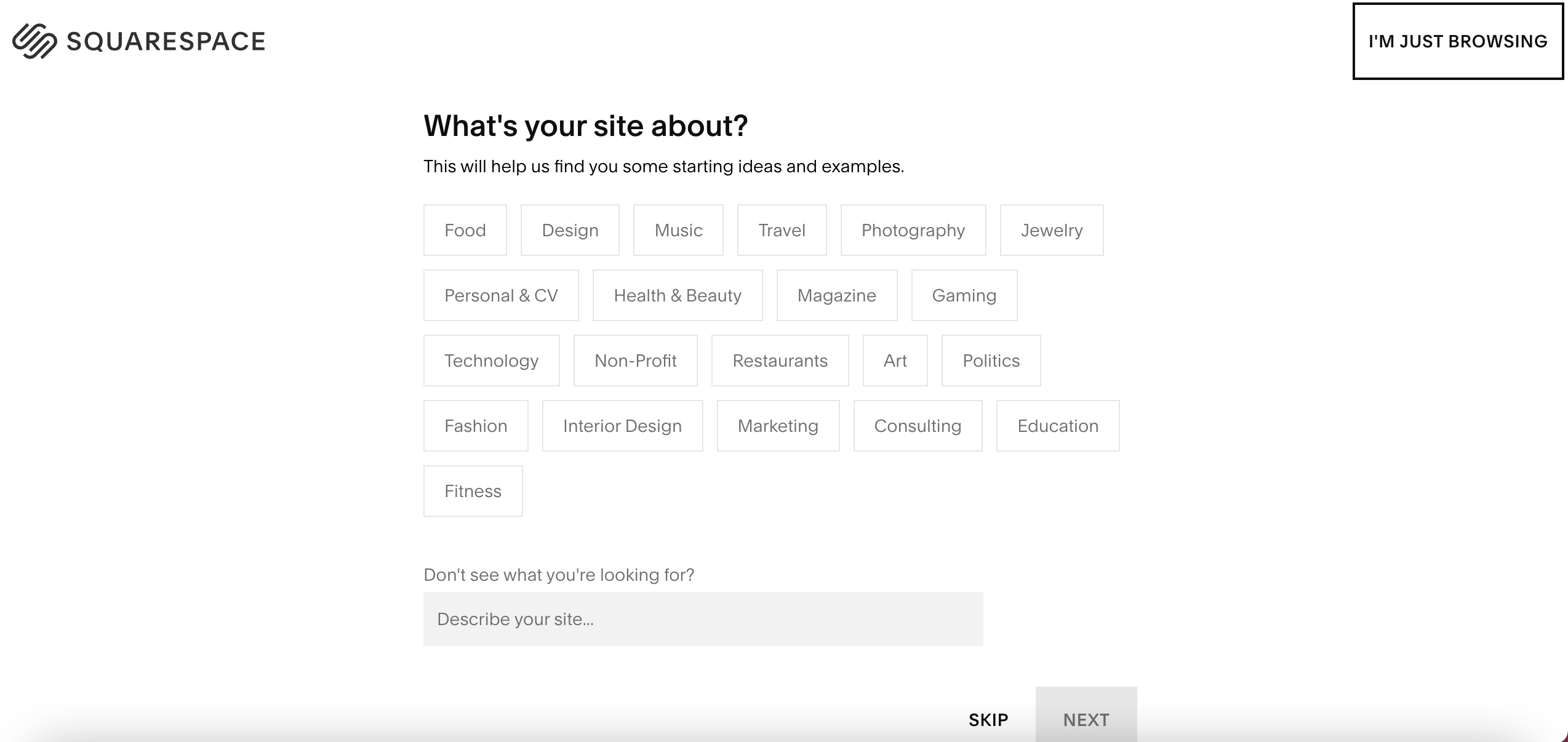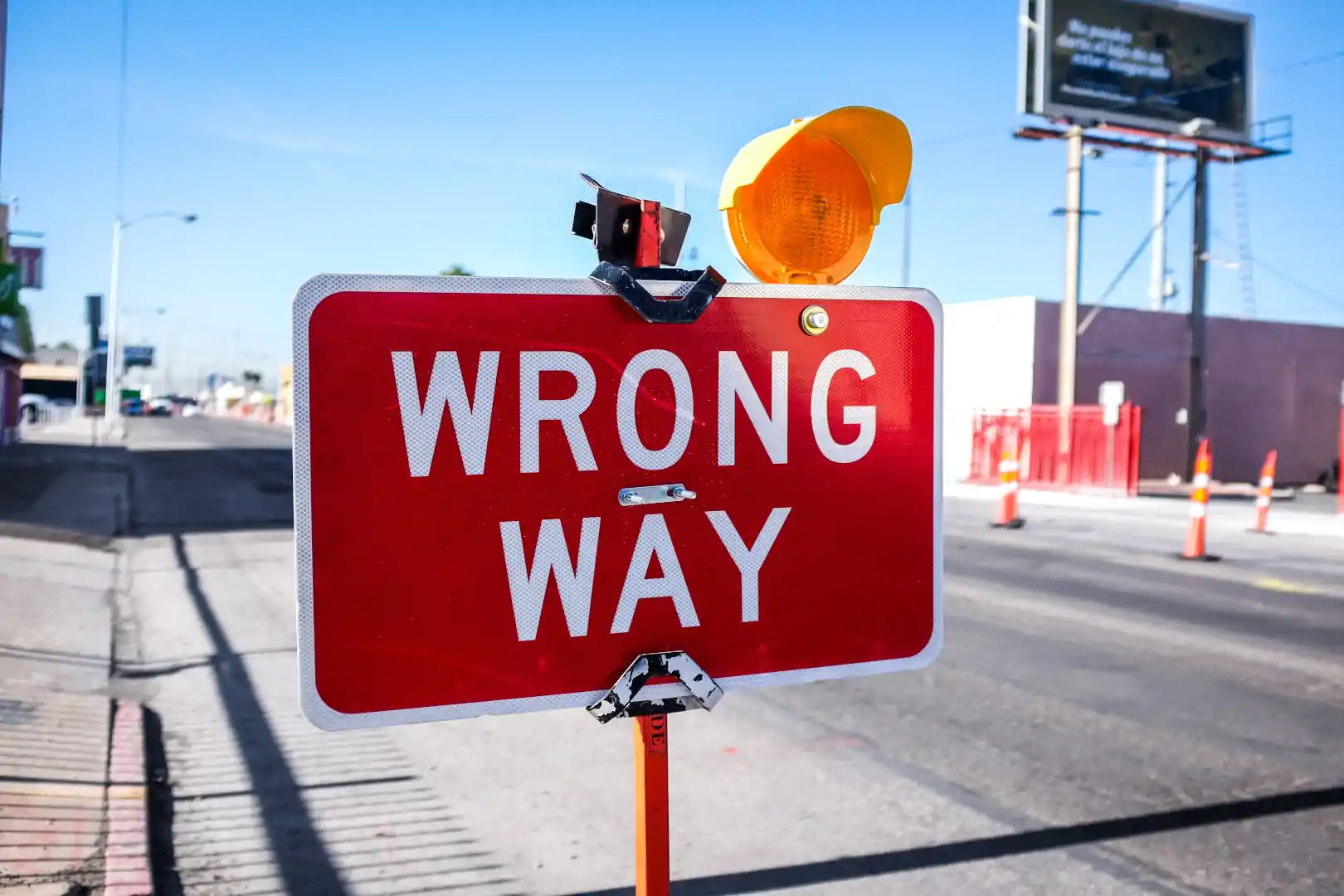Optimizing Your B2B Landing Page Flow
You already know landing pages matter. The key to a successful landing page is giving page visitors what they want while also having them take desired actions that move them through your funnel. And while the design of your landing pages, their forms, and visuals are critical, how you set up these landing pages in the context of the rest of your marketing is just as important.
What happens before and after a user visits your landing page? How do these fit with the other elements in your funnel and your brand? These are important questions regarding improving B2B landing page effectiveness, but they’re often not as closely considered as traditional issues like fonts, colors, and form fields.
Below are some of our best tips and considerations for optimizing your funnel’s landing page flow.
Ensure the Landing Page is Applicable to All Lead Sources
One of the things we know for sure is that people use the internet on different kinds of devices. Not only are they using different kinds of hardware, page visitors all come from unique sources. It doesn’t matter whether someone comes from a social media ad, an email newsletter, or any other potential source: their experience with your landing page should be consistent.
That doesn’t mean you shouldn’t be creating unique landing pages for each campaign you and your team come up with, or that you don’t need to worry about the different sources for leads to the same landing page. It just means that all the different versions you create need to offer consistency no matter how someone accesses the site. This is especially true when it comes to funnels related to consuming information or learning – by some measures, over 70% of web traffic comes from mobile devices. It’s important for those users to have the same thorough access to your landing page as someone on a desktop.
Don’t Neglect Your Post-conversion Thank You Page
It can seem like a relatively subtle detail, but the page that site visitors see after converting can make a big difference in both how they perceive your brand and what they do after taking the desired landing page action.
There are several different strategies to consider when it comes to a thank you page. We see plenty of marketers making the mistake of sticking with the default text. Failing to address these valuable areas where many visitors look for additional information about your business and its other components is a wasted opportunity.
The page that site visitors see after converting can make a big difference in both how they perceive your brand and what they do after taking the desired landing page action. Share on XA few common strategies used for thank you pages:
- Play a short video thanking the user and talking about other areas of the company – ideally ones related to the landing page’s funnel.
- Link to another relevant area on your site. This link could be something like a mission or vision statement, a case study section, or anything else that might entice your visitors.
- Add a link to a blog post or other popular new content that you’ve recently published. You could also share news in this section, but keep it relevant, so you don’t appear to brag.
Remember to iterate on and test each design option you consider for your thank you page to see which one works best. Finally, don’t overload your page with so much content that people get bogged down or overwhelmed.
If your landing page’s funnel is information-heavy and you feel it’s important to include a lot more details on your thank you page, save it for the part of your landing page flow we bring up in the next section.
Create (or Improve) Your Follow-up Sequence
When we talk about a follow-up sequence, it doesn’t mean a confirmation email you send to a user who converts. It’s a longer set of multiple emails that is meant to do more than just reiterate that they’ll get what they were told they’d receive on the original landing page.
A follow-up sequence should provide extra context that helps nurture a prospect closer to becoming a client by giving them the kind of information that also assists them in achieving their goals.
For example: let’s say you’re a healthcare software company with a landing page funnel to book demonstration appointments. After someone books an appointment on your landing page, you could send them a technical description of the specific tool (or element of the tool) that they’ll be seeing at the upcoming demonstration.
This is also a good place to incorporate social proof in your funnel. Include quotes, reviews, or case studies with data and numbers that show evidence of business improvement and tangible results achieved by your past clients.
Finally, after enough time has passed – and the user has completed any demonstration, appointment or other time-based objective – you can include an email in the sequence that asks for feedback. Speaking of which…
Solicit Feedback (and Use It!)
You don’t have to ask every user who converts their thoughts on the entire process, but it is important to actively ask for feedback from visitors to your landing page funnel. It could mean including a button that links to a quick web survey, or you might simply decide to follow up with a personal email or call. But one of the best ways to improve the flow around any landing page is to see what real people think about it. If you start hearing something repeated often in your feedback, it may be a sign to implement it into working versions of the landing page or funnel.
Again, it’s essential to keep your requests concise – your prospects likely have a lot of other things going on. Focus on one or two key areas of the page that you might be uncertain about or have been underperforming relative to other parts of the funnel. Remember to be gracious and thankful for any feedback a prospect is voluntarily willing to provide.
Final Thoughts on Optimizing Landing Page Flow
Landing pages are a common and vital part of any funnel. But if the parts of your funnel around your landing page aren’t working well, it will likely hold back your performance and constrain the number of leads you bring in from the funnel.
While you should always strive to improve your landing pages and the things included, it’s equally important to ensure page visitors have a good experience before, during, and after they are on the landing page. That means spending some time considering elements outside of the page itself – the emails you send to users who convert, the information you present on the confirmation page, and the way you incorporate their feedback in both individual sales relationships and improvements made to the broader business.
Looking to get expert insights into your landing pages and the elements around them? The team at FunnelEnvy can help you, whether you’re looking to plug a leaking funnel, pick up the performance of a landing page, or simply ensure that your marketing continues to perform at a sufficient level. Click here to take a short quiz that will help us learn more about how we can get you closer to your business goals.





